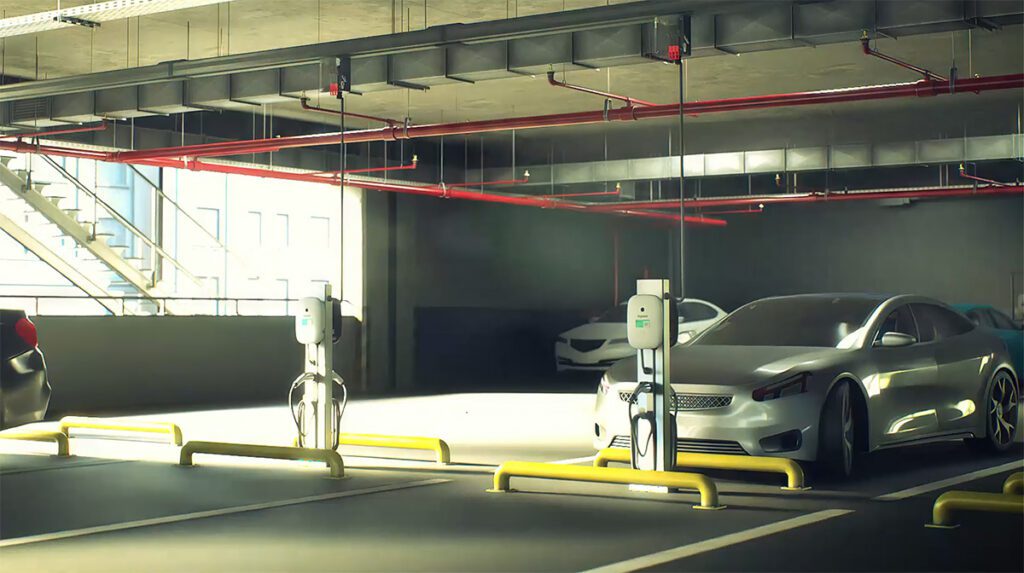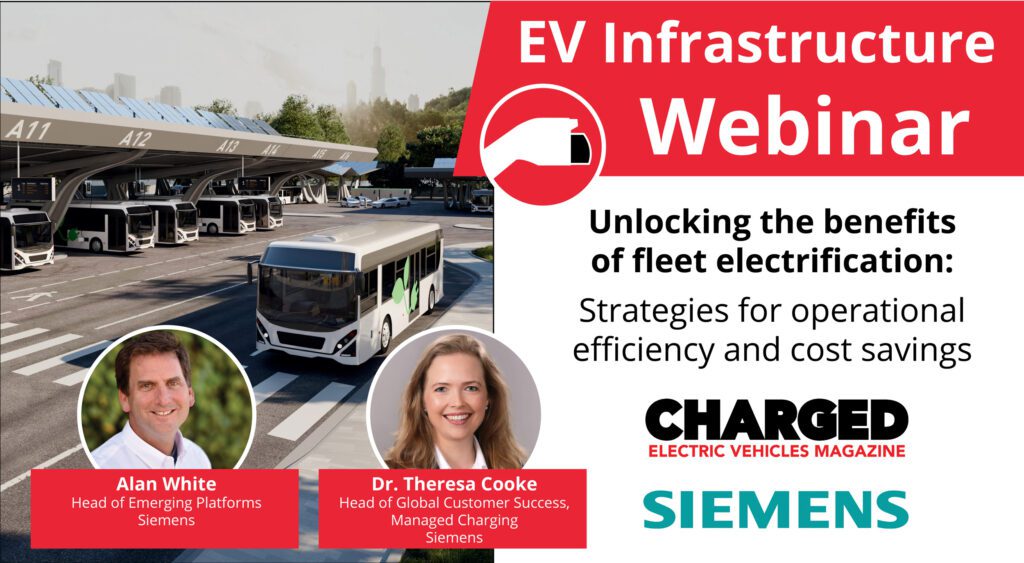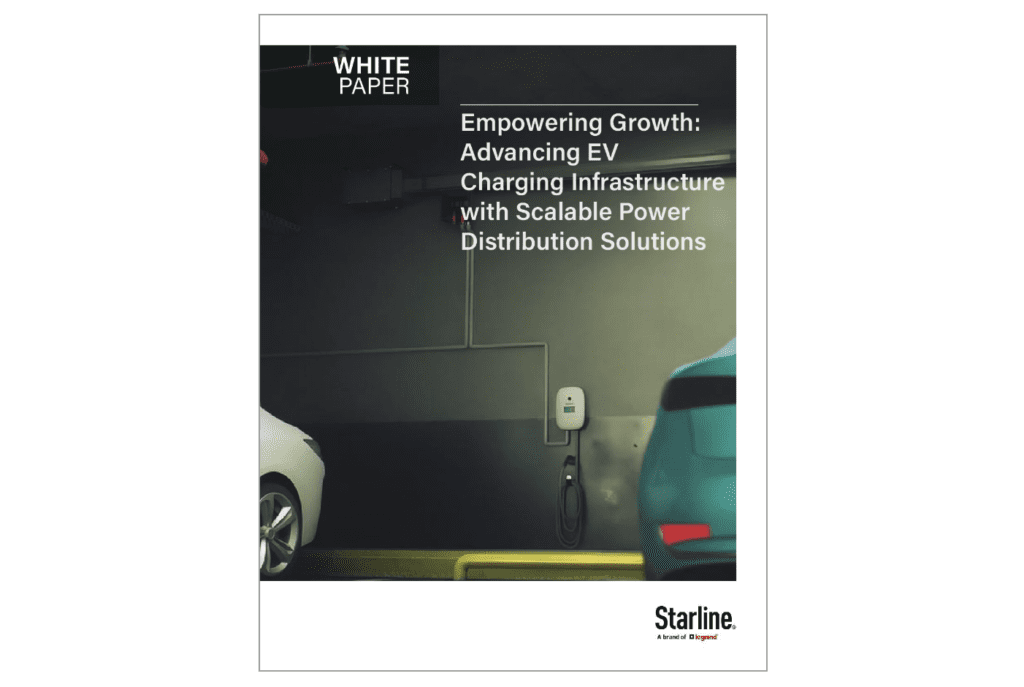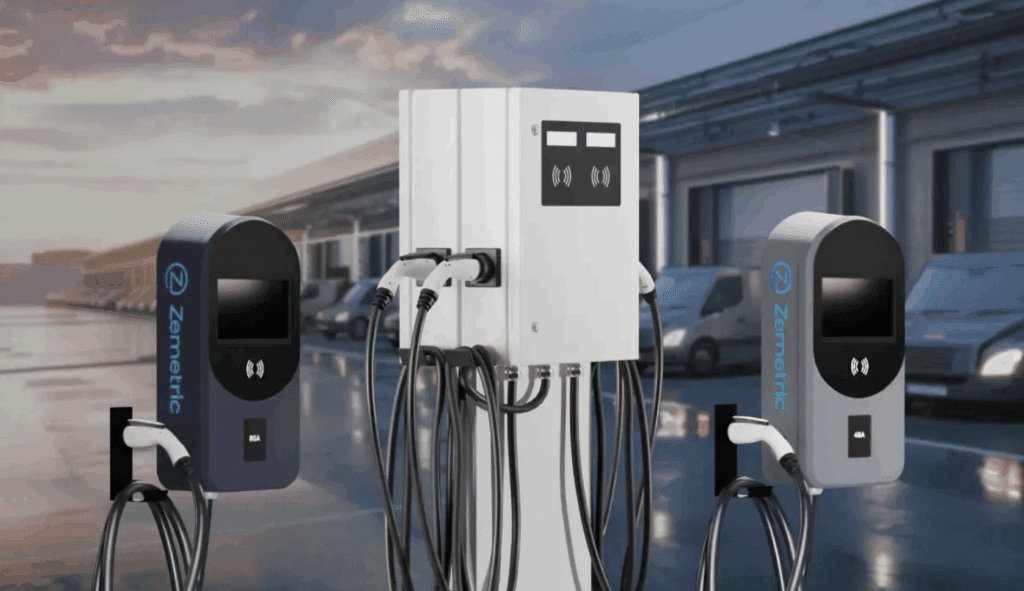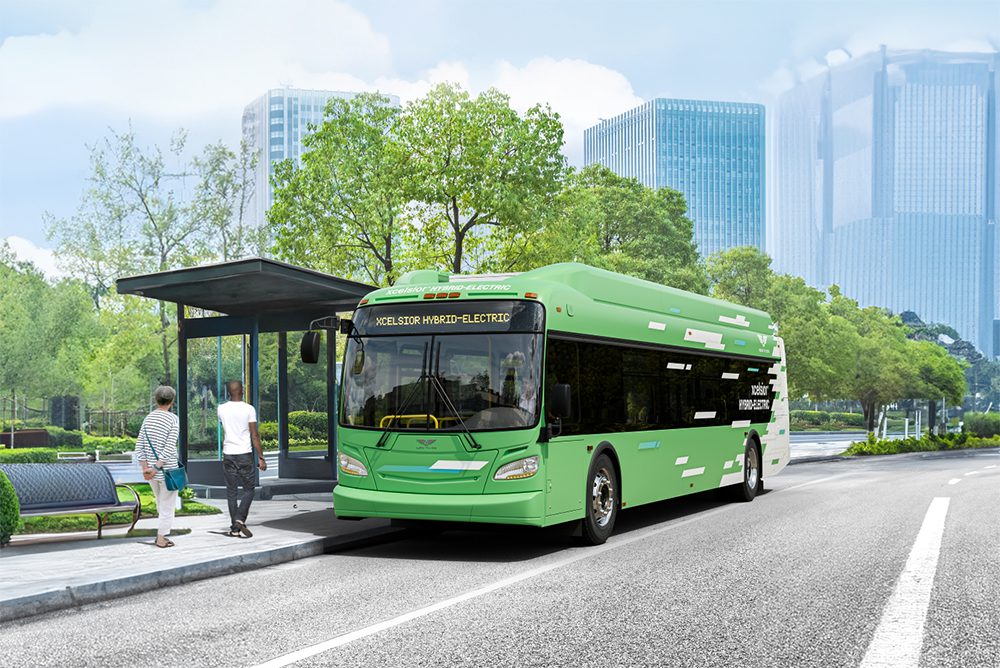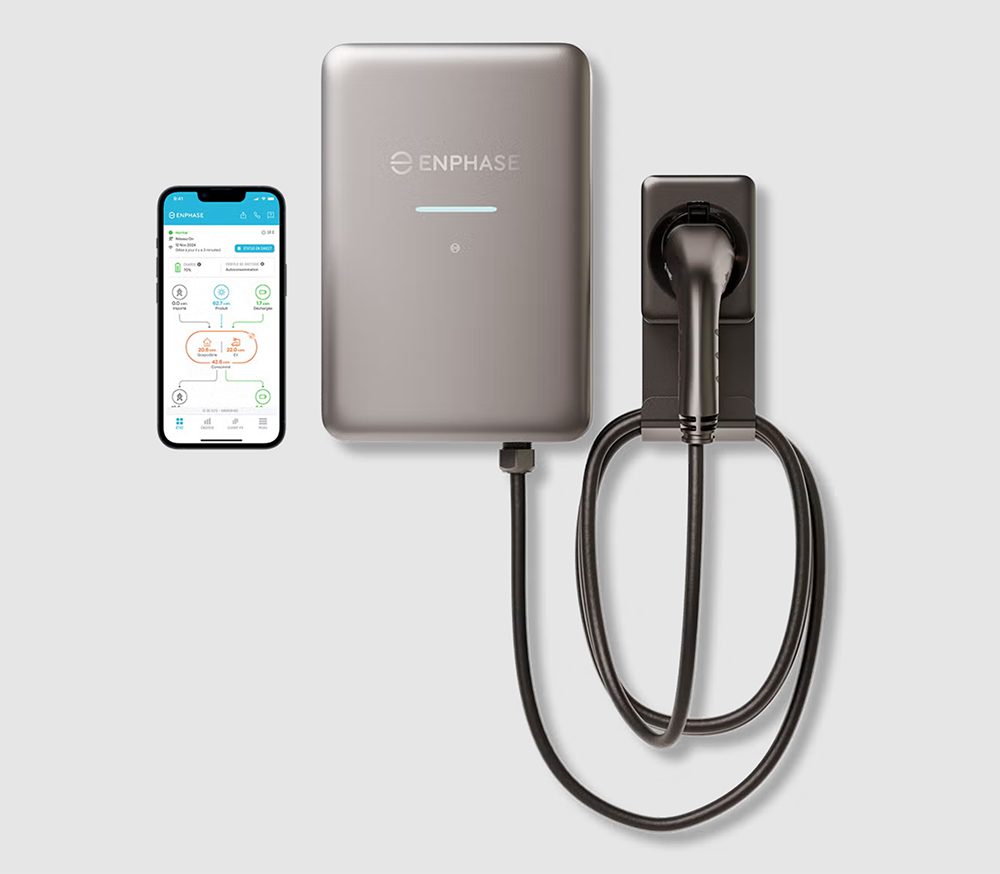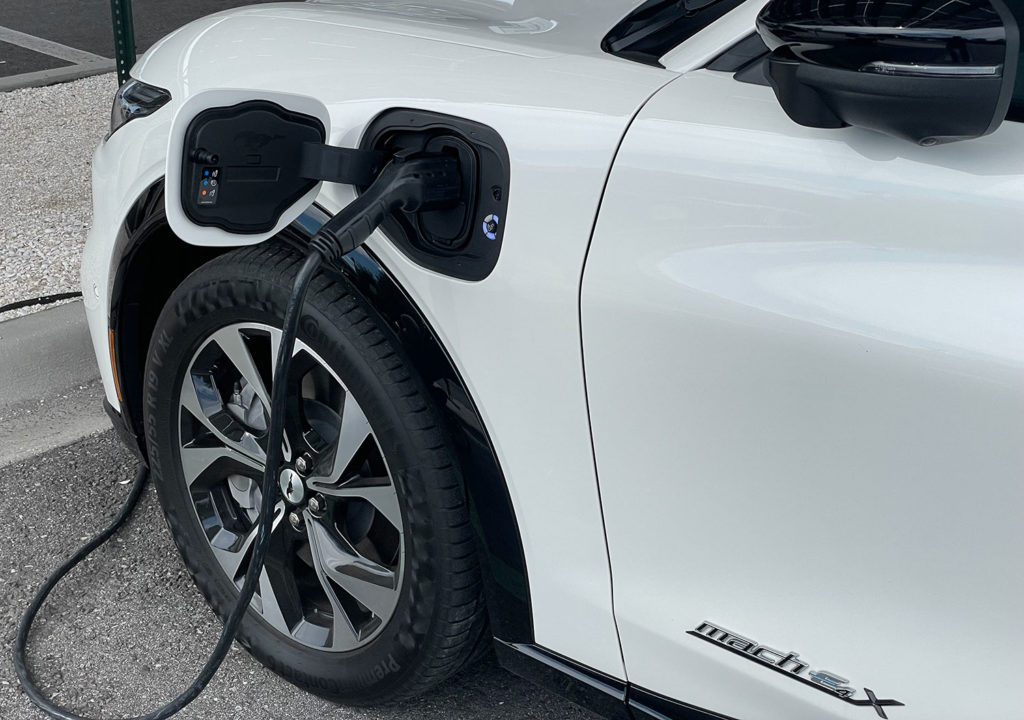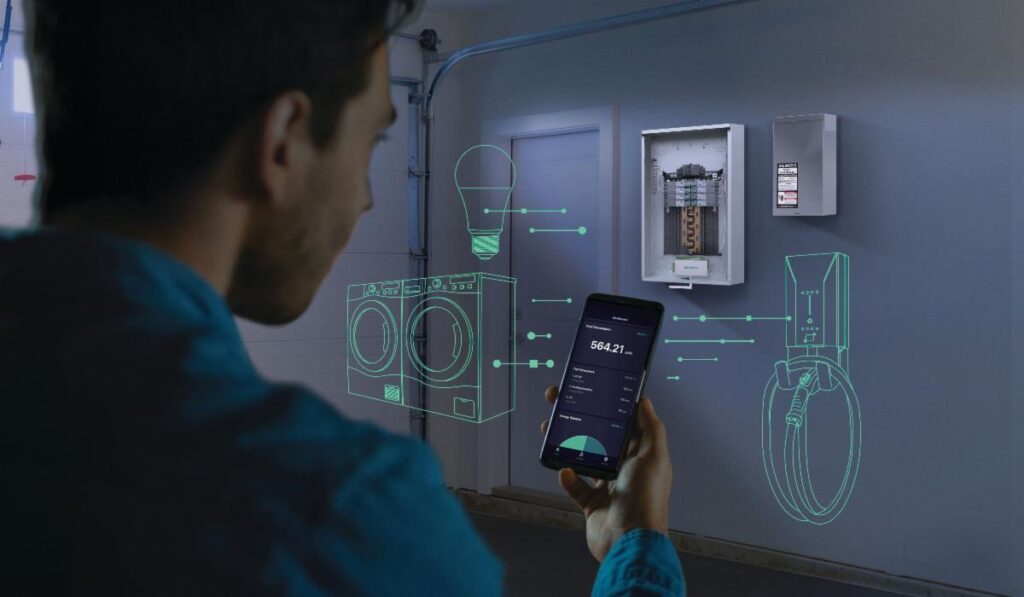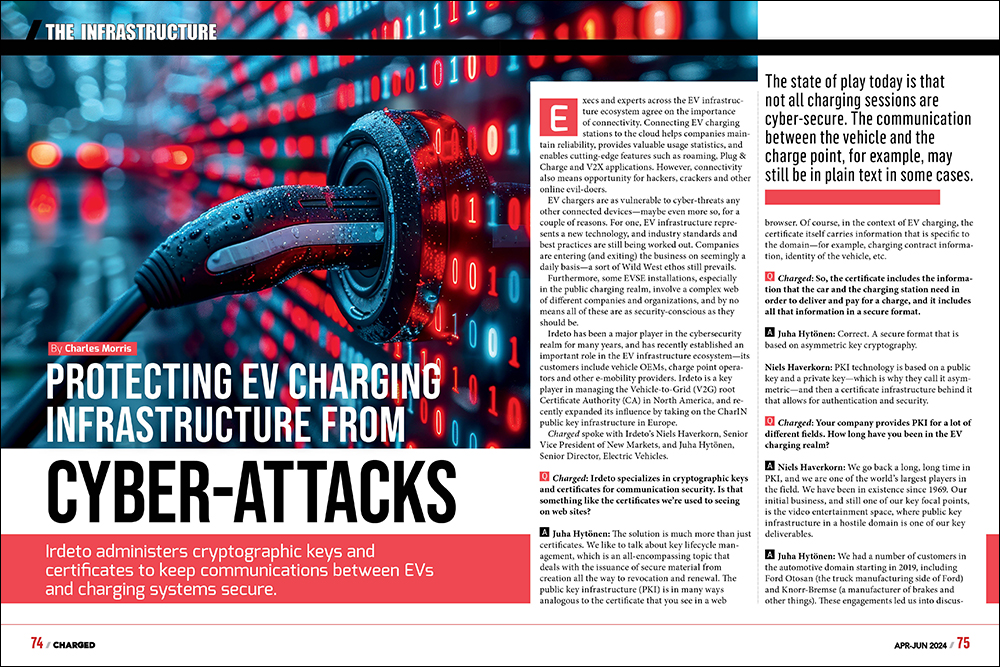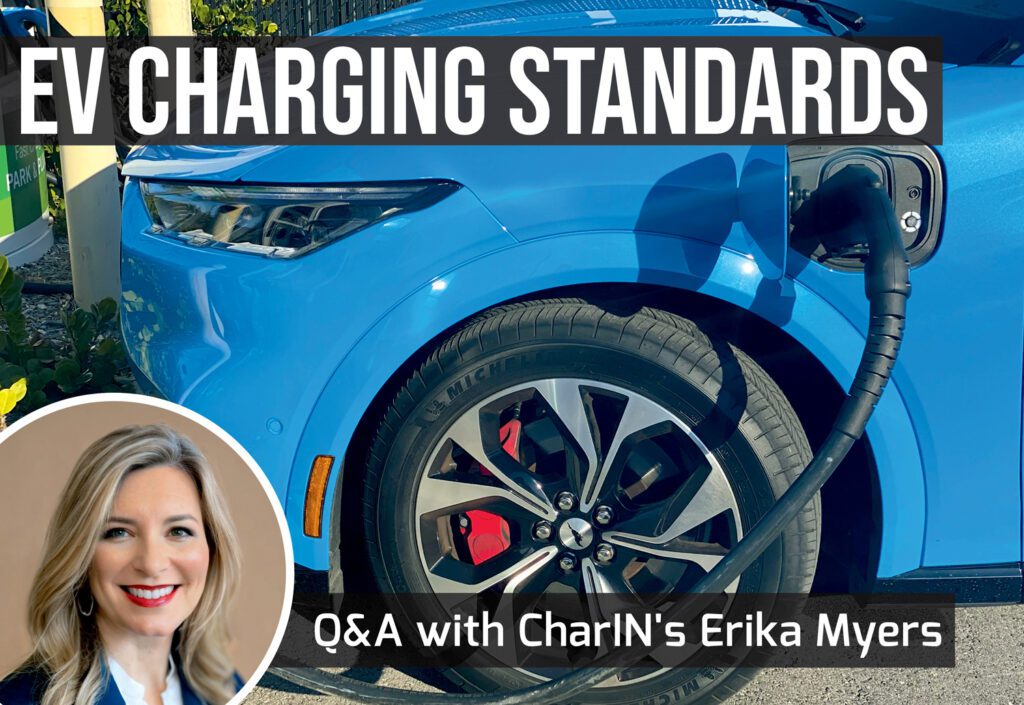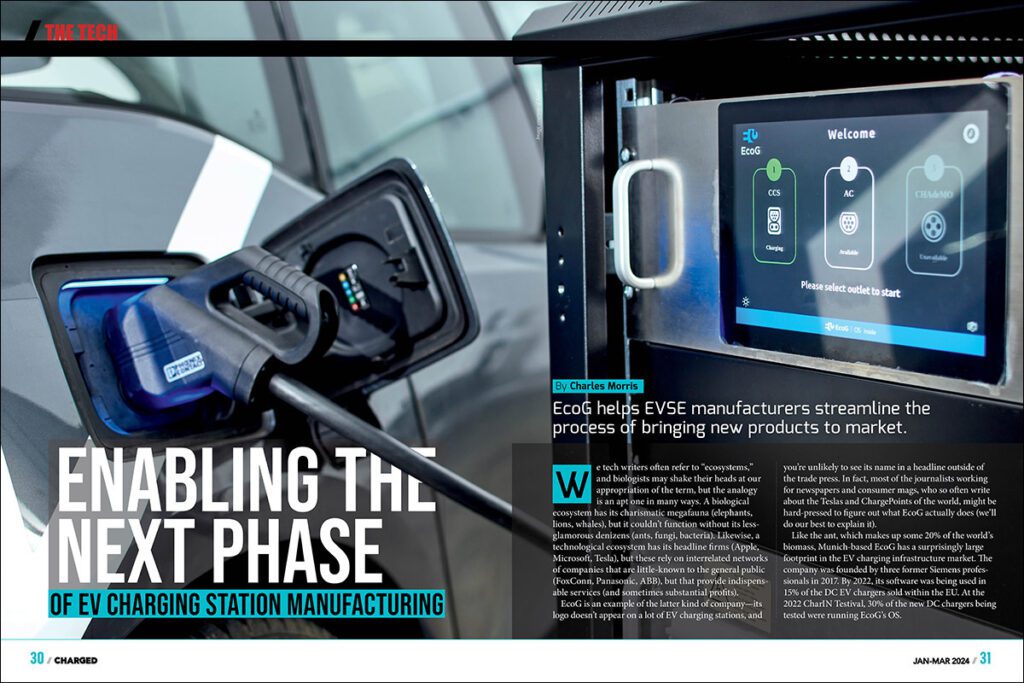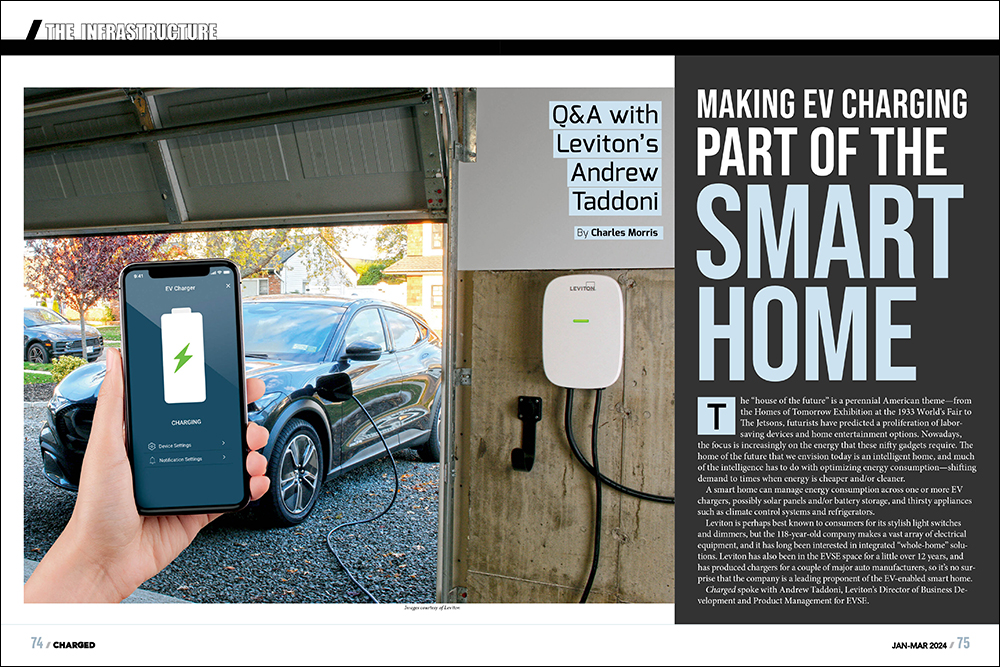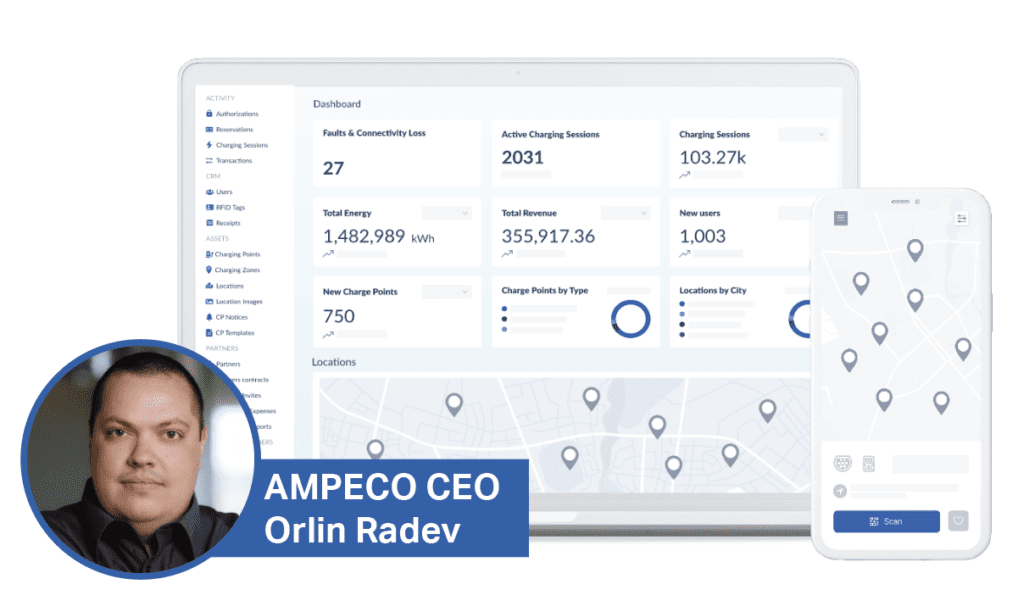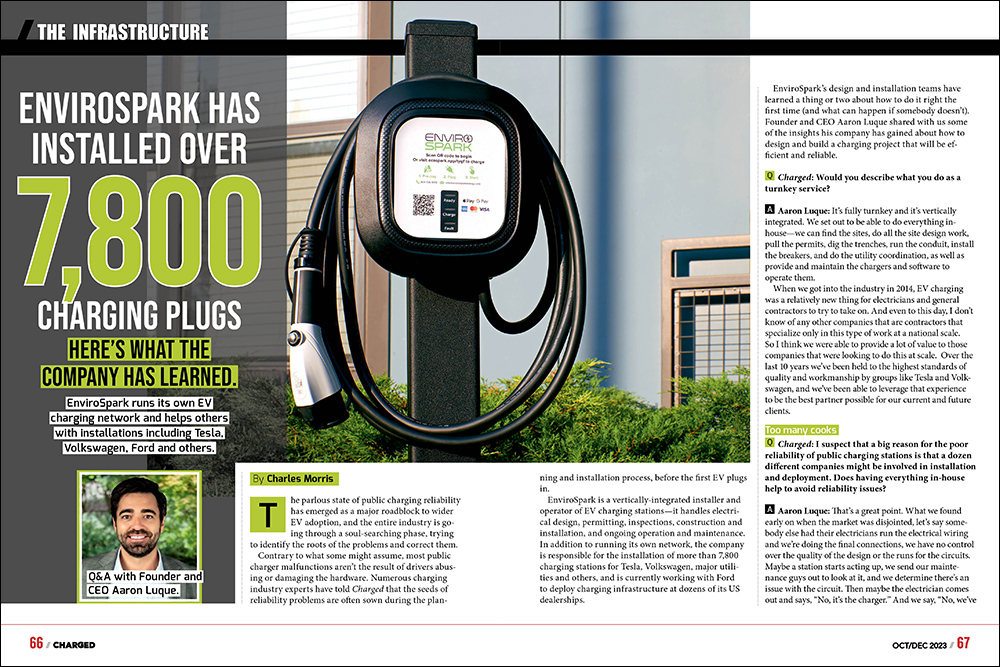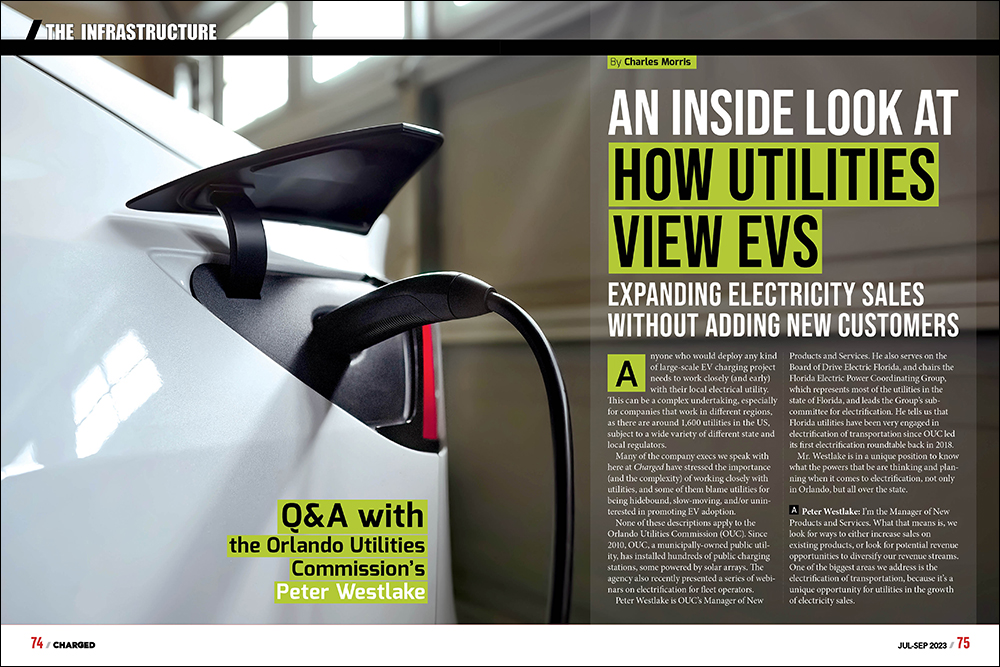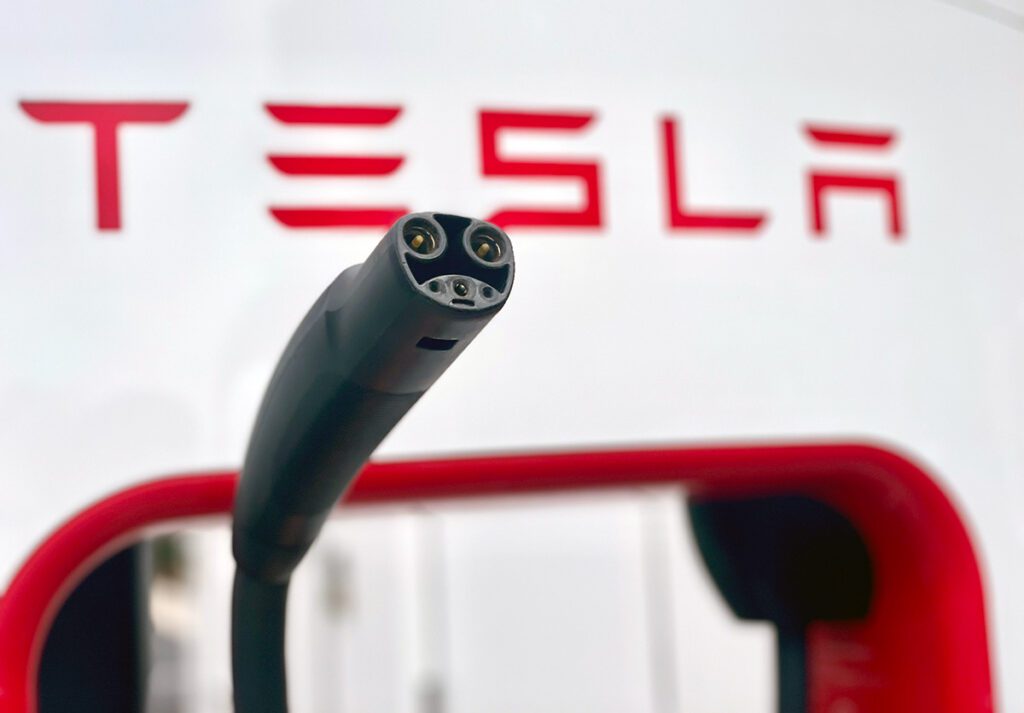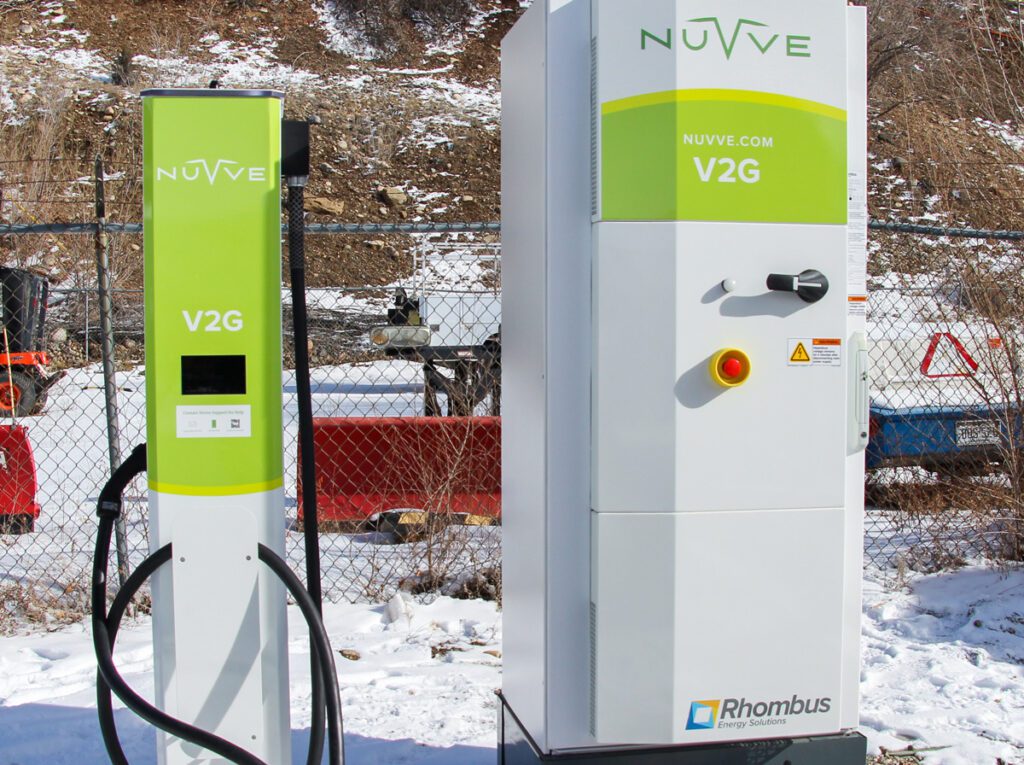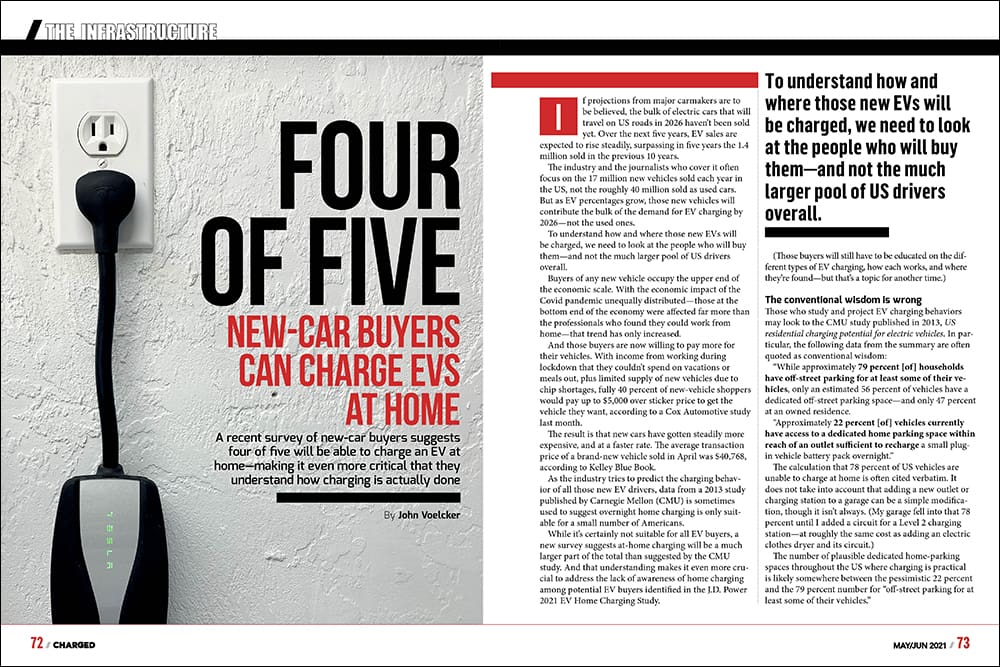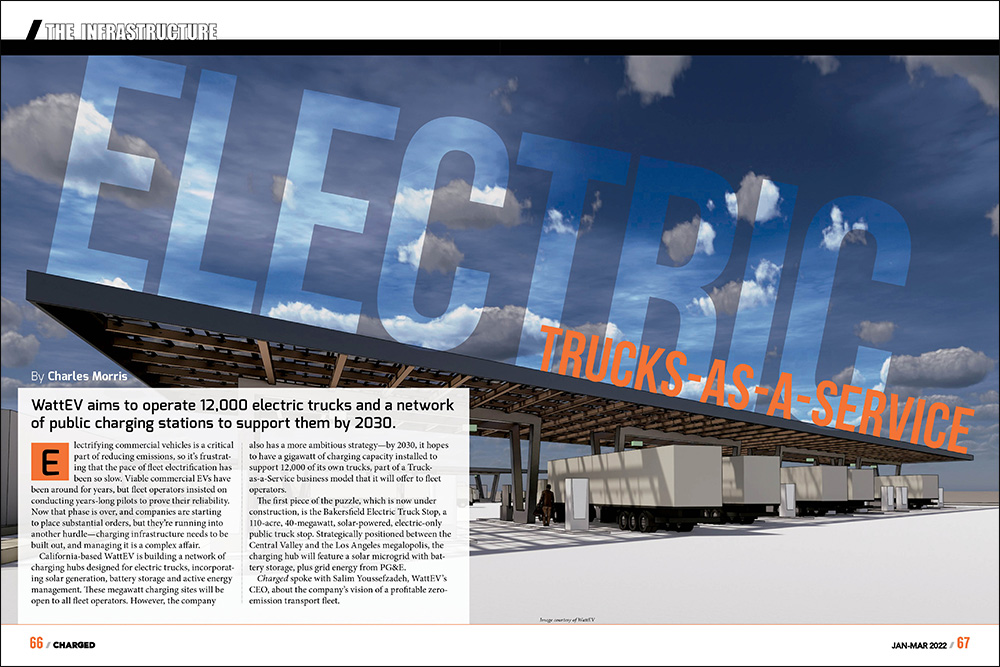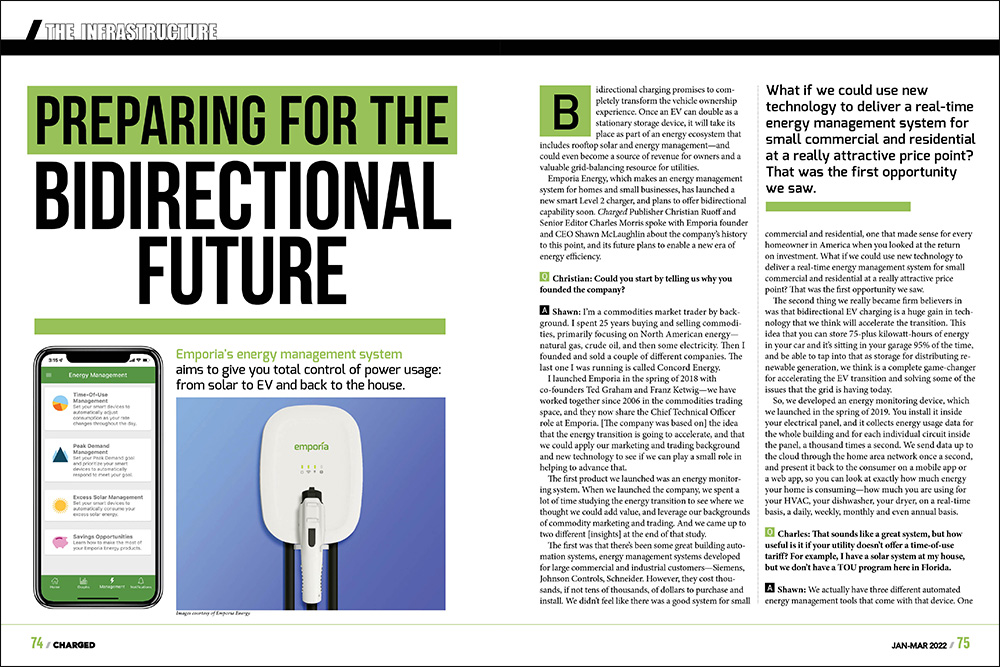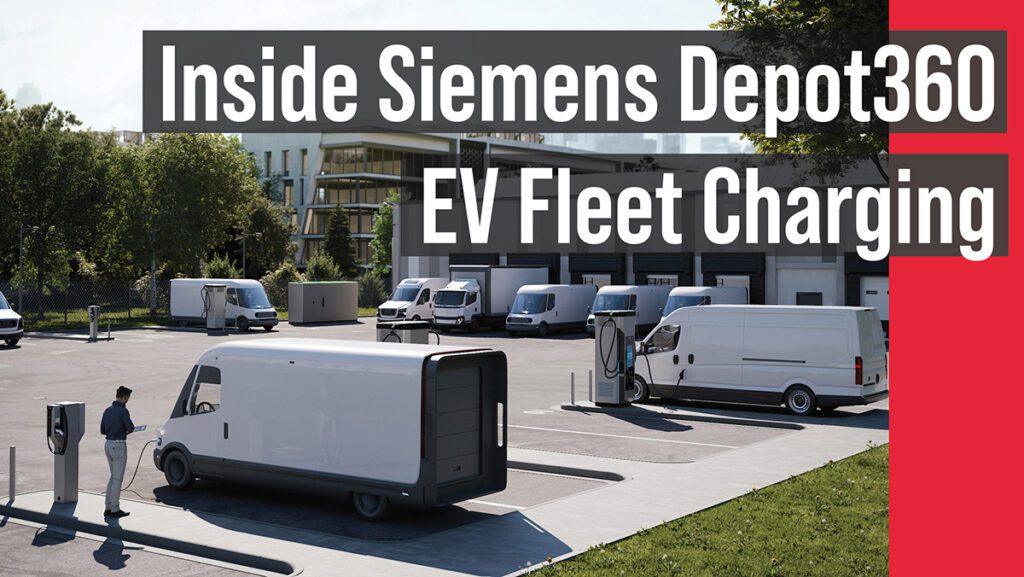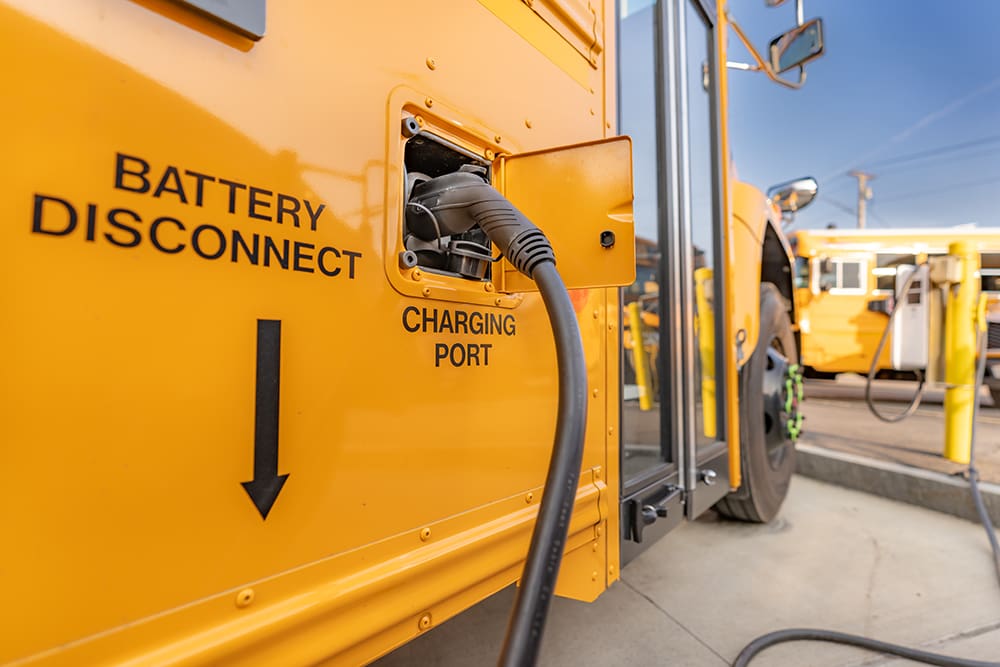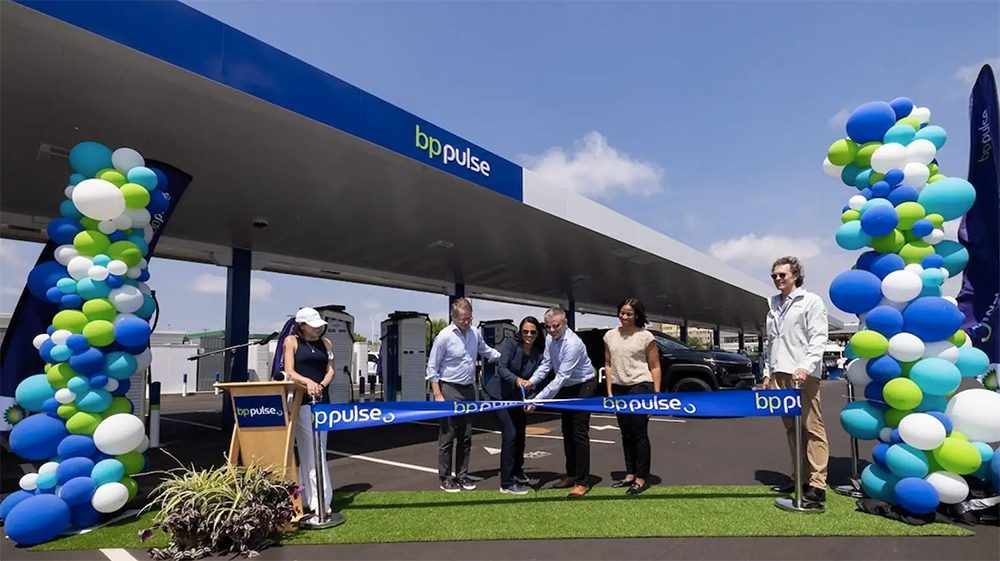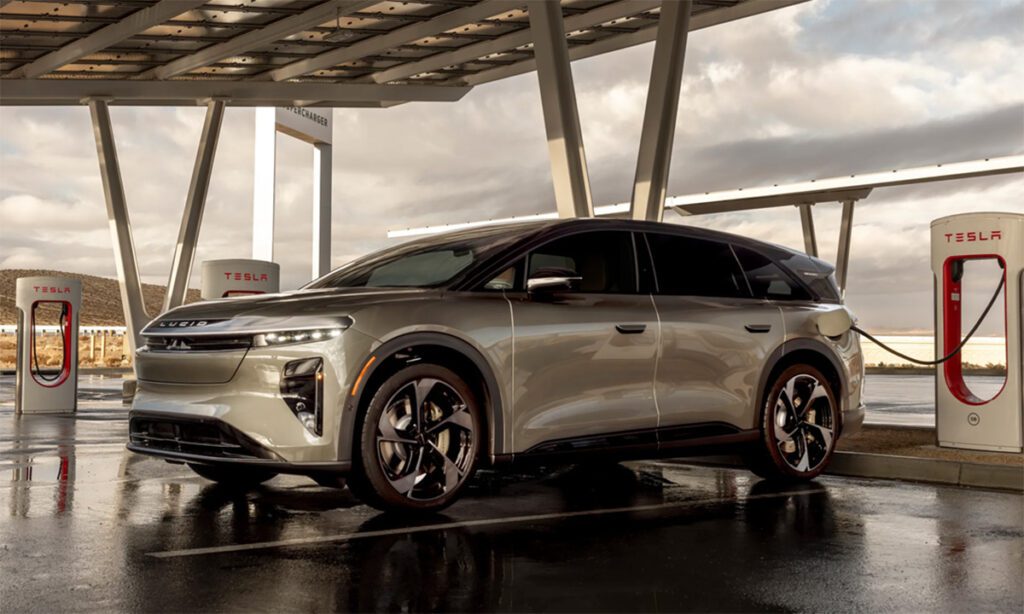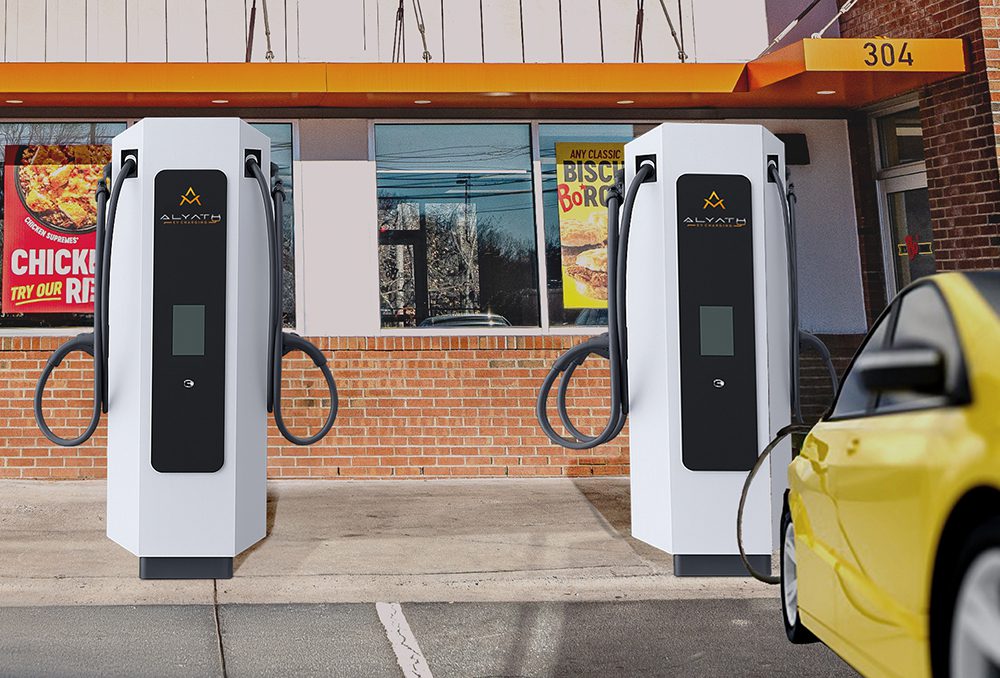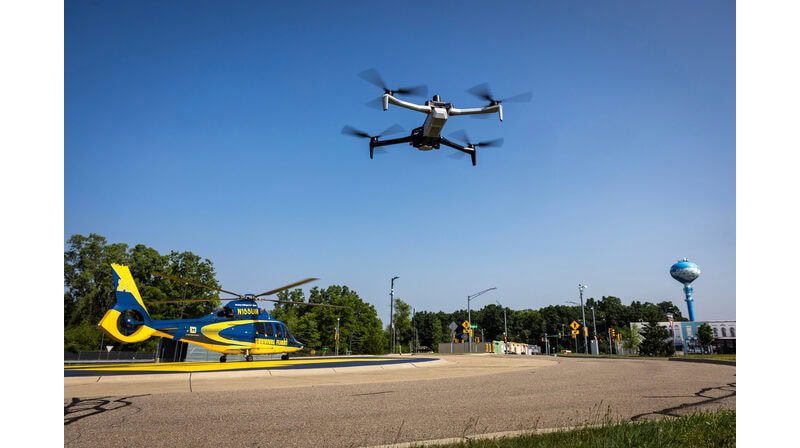As EVs replace legacy vehicles, electrical grids will need to be expanded and upgraded, and this isn’t going to be cheap. The California Public Utilities Commission’s Public Advocates Office is in the process of preparing an estimate of the costs. Utility Dive reports that the CPUC’s preliminary research indicates that upgrading the grid across the territories of the state’s three investor-owned utilities could cost between $15 billion and $20 billion by 2035.
The good news is that this estimate is far lower than the $50-billion price tag indicated by a similar study conducted by analytics firm Kevala for the CPUC in 2021. The Public Advocates Office plans to complete its study by August.
Kevala’s 2021 study found that, without any load-management of other mitigation measures, system-level peak load could increase by as much as 56% from 2025 to 2035, mainly due to EVs, and upgrading the grid to handle the increased load could cost some $50 billion.
The Public Advocates Office’s study used a different model, based on the California Energy Commission’s integrated energy policy report. To develop its estimates, the office used the registered addresses of all vehicles in California to predict where EV uptake is likely to occur, then modeled the additional charging load the state can expect.
The earlier study forecast a larger increase in peak load, based on a different model and set of assumptions. Kevala predicted that EV charging will hit a peak at 9 pm, thanks to non-EV specific time-of-use rates, but the Public Advocates Office’s model shows EV charging taking place more evenly across the day.
“No single study or pair of studies, particularly this early in the electrification process, can definitively answer such a complex question as what the costs of distribution grid upgrades will be,” said the Public Advocates Office.
Kevala is pleased to see that its study has spurred other analyses, Trina Horner, the company’s VP of Professional and Advisory Services, told Utility Dive. “Kevala’s assumptions are unmitigated. Mitigations can take many forms and all of them, taken individually or collectively, can help to manage grid overloads and costs,” she added.
“The information provided by these studies should help policymakers understand what the cost impact of grid upgrades will be and, therefore, may help to inform how policymakers approach strategies for mitigating these costs,” such as incentives to influence charging behavior, said the Public Advocates Office’s Amin Younes.









































